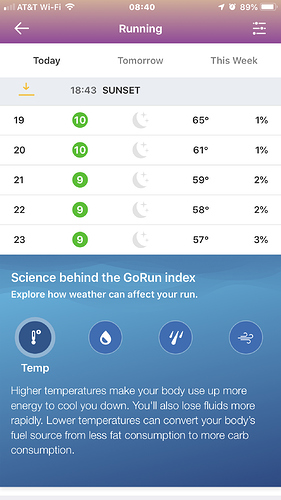Ok, I suppose technically even sweating is active cooling. After all it has to activate. But my point being is energy usage for the cooling effect. I still can’t beleive that keeping the body cool requires more energy than warming it. The mere act of expending energy to try to cool it actively would create more heat. As I write that I do a double take. I realize I’m thinking heat exchangers. The reason for my thoughts on this…
I have a second refrigerator in my laundry room. The room is maybe 8’ x 10’ and that being generous. We keep the door to that room closed for noise reasons. When you open it, the rush of hot air is remarkable. The heat exchanger on the refrigerator is dumping a lot of heat into that room that is pulled from the air in the fridge. Pretty much the way an A/C unit works. It’s a very inefficient method for cooling, but it’s the most cost effective way for us to keep things cold.
The reason I mention that seems obvious to me. It’s in a closed room. I’m sure those of you still holding a geek card have already began to think how much more inefficient that fridge is just because the door to that room is closed. It’s heating up it’s environment and therefore making it much less effective in cooling the inside. If no one still gets my point, then imagine this…
To prevent the room from overheating, why not put the heat exchange coils INSIDE the fridge? So that the cooling effect also cools those same coils? Of course, that’s silly. Thermodynamics at work in a closed system. It could only get warmer because the the energy being put into it to try to cool it would/could only make it warmer. Energy use = heat. The heat exchanger would basically keep itself at an equilibrium but the energy used to do that would cause a net increase in temperature depending on the amount of energy put into the closed system.
I know long winded, but my point being that even if you put a heat sink (ok, for you non electronic geeks, a heat sink is typically a chunk of metal with very thin blades of metal rising off of it used to dissipate the heat from it. Basically what most electronics use for passive cooling. Air crossing over the heat sink pulls the heat from it). So even if you put a heat sink on this type of fridge, with internal heat exchanger, the entire thing simply becomes a heater with passive cooling.
So even with heart rate increase, blood vessels dilated, and anything else happening in the body to promote cooling… it’s still happening on the inside… with passive cooling from water evaporation happening on he outside. The more energy going into this is actually just creating more heat in the system. I think that would be counter productive to cooling and would most likely reach a point of diminishing returns very very quickly. Thus heat stress. I lived most of my life in the South west United States. Born in 29 palms, worked in the Mojave desert and the Sonoran desert, exposed to temperatures that would probably kill a person pretty quickly without a constant source of water. (I kid you not, I measured the temperature in the shade, under one of my aircraft, 145 degrees Fahrenheit. IN THE SHADE. That’s not even counting jet exhaust washing over me when a passing aircraft turns.) I have seen co workers fall out to heat stress. I’ve known people to die from heat stroke (I am to understand it has a new term now, I don’t remember what it’s called). The human body is just passive cooling. Even said active cooling is dependent on the outer layer of passive evaporative effect.
But I’m still willing to consider some science that shows that the energy usage used to keep the body cool is higher than the energy used to heat, without heating the body at the same time.
Sorry for the extra long winded post. It just really bugs me to see statements like the one in my weather app. And it never being questioned.
Question everything.
Keto Vitae!

